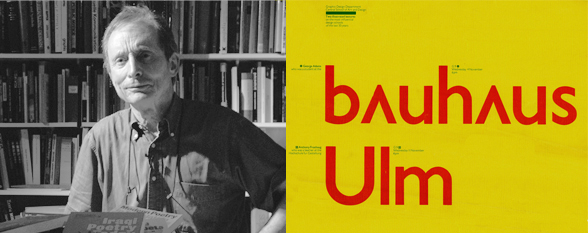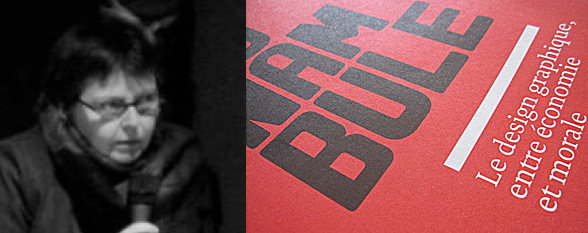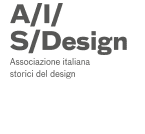
History and the Graphic Designer
What do students need to learn if they’re studying graphic design ?
They study perception, Gestalt theory, communication and information theory, semiotics, sign theory and visual rhetoric, maybe programming. Or do they ?
Students leave their courses to go into some kind of professional world, a world where they need to know their subject. This knowledge should be complete, in depth, and give them the confidence that they are experts. Since clients now have access to the designer’s chief tool, the computer, the client – whether an entrepreneur or an editor – often assumes that they have the skills of a designer. It is a proper knowledge of their métier that differentiates a designer from his or her client. The designer is more than a Mac monkey.
Part of this knowledge should come from studying the history of graphic design. Why? Graphic design began with the designer: someone who drew or designed or gave instructions for something to be produced by someone else. In the pre-history of graphic design, all kinds of visual communication was, in general, produced directly by artisans or craftsmen. Within the pre-history there are principles which are unchanged. For example, flags and heraldry are a useful way to understand visual codes, the idea and establishment of identity, even the origins of slogans – the need for verbal reinforcement of signs, the distinction between iconic and abstract forms. There is as much to be learned in such fields as in studying more recent work. It is even more relevant in a digital, globalised age.
Questions worth considering are whether it is useful to look at the history of graphic design in different ways: chronologically or thematically, by case history, by the intense analysis of an individual work, by ways that will include the social, technical and aesthetic aspects that have affected its production.
The talk will describe the speaker’s experience of teaching and writing design history and of working as a graphic designer. It will deal with the relative advantages of direct meetings with designers of an earlier generation, the use of archives, libraries, the web and internet, of reproductions, of photography and copying, of copyright and its effects.
Richard Hollis began practice as a graphic designer in 1957. He has worked as printer, art editor, production manager, teacher, writer and publisher. He has lectured and taught in London and in Milan, Arnhem, Nantes, Maastricht, Urbino and Lausanne. An exhibition of his work opened in London in 2013 and was shown at the Centre Pompidou, Paris, in Lausanne and New York.
He is author of Graphic Design: A Concise History (1994), Swiss Graphic Design: The Origin and Growth of an International Style 1920-1965 (2006) and About Graphic Design (2012). He is currently writing on the Belgian designer and architect Henry van de Velde.
Some of his design work can be seen on the website: www.richardhollis.com
website www.richardhollis.com








